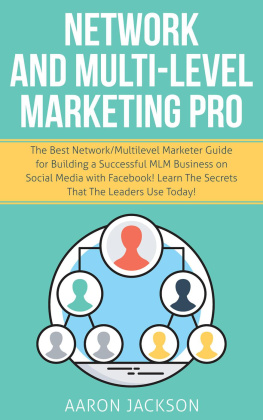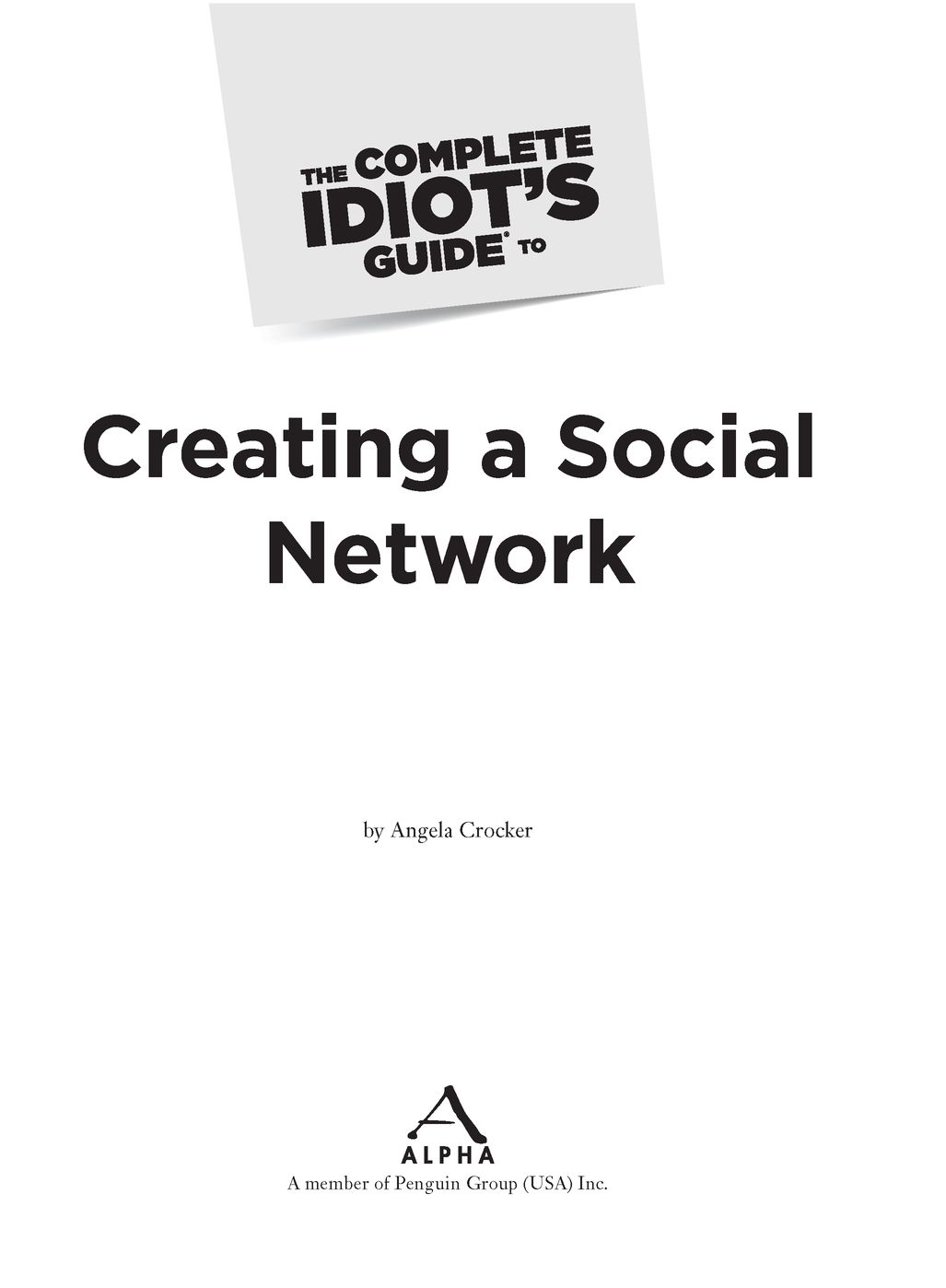Table of Contents
Introduction
Social + networking = social networking.
A simple formula for a rich activity.
Youve already done social networking in the real world. The social part is easy. Interact with people in any sort of setting and you are being social. Hopefully youre more Kermit the Frog than the Grinch Who Stole Christmas, but either way youre being social.
Networking is easy for some and daunting for others. Even if you have to pluck up your courage, the networking dance is something like this:
Lets say you attend a party or conference. Your clothes are stylish, your business cards are crisp, and you bring out your winningest smile. You take a deep breath, walk into the room, and say hello to an old friend or someone new. Make small talk for a while, exchange business cards, and follow up with a call or coffee. Often youll find some common interests and share what you know to help one another out. A business relationship may blossom into a friendship, or vice versa. Even without common interests, you still have met a new acquaintance.
Of course, networking has another, very technical, meaning in the context of computers networked together. Clever people who understand products from Novell, Microsoft, and Linux make computers talk to one another and to the Internet. Those threads make up the threads of the World Wide Web.
The term social networking has come to mean any online place where people gather and interact. A blog could be a social network, with the blogger and his readers interacting through comments. Discussion boards on services like Yahoo! are also social networks, with like-minded people gathering to talk about everything from parenting to NASCAR. Many social media sites are also social networks, and youve likely tried services like Facebook, Twitter, LinkedIn, or Foursquare.
In fact, Facebook is the largest social network out there. With 500,000,000+ users, thats a whole lot of connecting going on among members of the largest site on the web. That being said, many users are questioning how open social networks like Facebook are protecting their privacy and have concerns about the way their information is being used for marketing purposes. A desire for more control is just one reason why tens of thousands of customized social networks have been created with products like Wall.fm, BuddyPress, and ONEsite.
Please join me for an introduction to the concept of social networks. Together we will frame your particular network with specific objectives for success. Well also go over some of the common tools available for network hosts and a wide variety of considerations to make your network a positive, effective experience for all.
How This Book Is Organized
The Complete Idiots Guide to Creating a Social Network is divided into five parts designed to bring you up to speed, and fast. Even if youre a total newbie, well cover the basics and help you make the decisions necessary to get your network party started.
Part 1: Figuring Out Social Networks
Here well talk about the social aspects of networks, including the connections between real people and some essential etiquette. Well also clarify how social networks are different from social media and talk in broad terms about the types of social network services. Youll leave Part 1 with a strong understanding of your social networks objectives.
Part 2: Shopping for a Social Network Service
Many services offer the opportunity to create a social networksome for free and others for a fee. Well explore the options and figure out just what you are looking for in a network. Depending on your objectives, youll need to spend some time and, maybe, money on your network, and well go over your network shopping list and make some buying decisions.
Part 3: YOUR Social Network
Each network requires a few preliminary decisions including a network name, privacy policy, and code of conduct. Once those are in place, you can shift your attention to the core of your communityyour members and content. Its the interaction between members that makes a community and youll want to include lots of great content for them. Dont worry, by the time youve read this part youll have lots to share.
Part 4: Okay, Now What?
As you create your social network, you may want some advice on what sorts of content to share, how to encourage people to join your network, and how to foster a vibrant community. That community will have its home base on your networks website, but I also recommend having some social media outposts to interact with potential members. Well also get into some nuts and bolts on how to make money with your network and how to measure your success. Then well discuss some general issues like anonymity and authenticity so you can avoid the potential pitfalls surrounding them. Youll finish Part 4 with confidence in your ability to act as host to your social network.
Part 5: Social Network Service Tutorials
Let me guide you through the creation of your first social network. In this part, youll find step-by-step set-up instructions to help you create your first community on Ning, Wall.fm, SocialGO, BuddyPress, or KickApps. All of these services have user-friendly interfaces, and with the brief instructions in each chapter youll be able to set up a social network in no time.
Helping You Find Your Way
The Complete Idiots Guide to Creating a Social Network is jam-packed with details and information. As you read, youll notice four different sidebars.
DEFINITION
Here well elaborate on any tricky words or concepts. Lets all be in agreement about what were talking about before we move on. Youll also find these definitions in the Glossary for easy reference.
AVOID THE FAIL
Sadly, there are many potential pitfalls in social networking. These tips will help keep you out of the muck.
FLICKERS OF INSIGHT
While Im not a mystic, Ill share helpful comments, observations, and tips to make your social network better.
CLOUD SURFING
Your directory of weblinks to resources mentioned in the text. If the links are brief, Ill share the original. Those links that are more complicated will be abbreviated using bit.ly to create custom shortened web addresses. Either way youll navigate to the right resource online.
Acknowledgments
There are many people to whom I owe thanks for the creation of this book.
Thanks to author George Plumley, who saw the potential for me to become a published author myself. Thanks also to Kim Plumley and Peggy Richardson, at TheBookBroads.com for being my cheering squad at all hours.





















